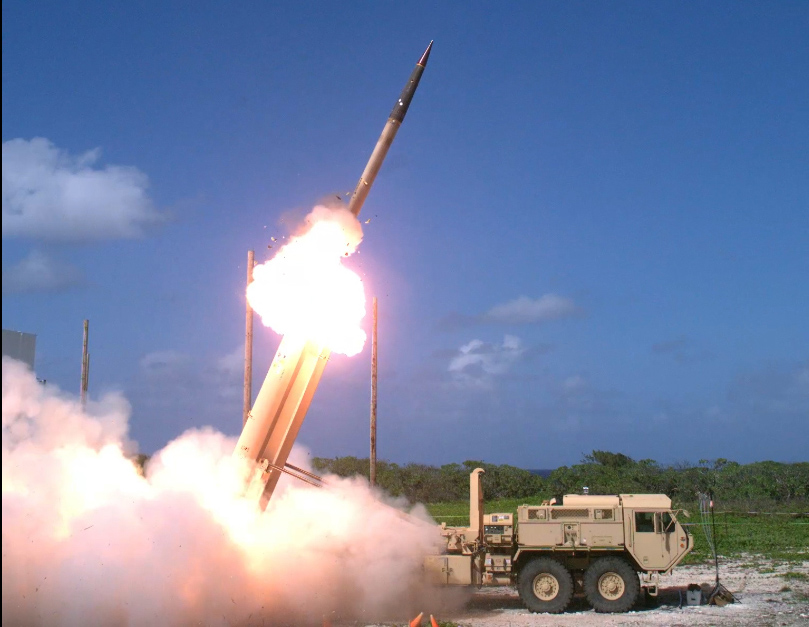THAAD
| Name | THAAD (Terminal High Altitude Area Defense) Missile |
|---|---|
| Image |  |
| Varient | NA |
| Country of origin | USA (Lockheed Martin) |
| Type | Long range surface-to-air missile (SAM) |
| Range | 200 km |
| Altitude | 150 km |
| Length | 6.17 m |
| Diameter | 340 mm |
| Fin span | 370 mm |
| Mass | 900 kg |
| Flight Duration | Not known |
| Warhead | Not known |
| Warhead yield | Not known |
| Max Speed | Mach 8.2 |
| Propulsion | Solid fuel |
| Engine | Single-stage solid-fuel rocket motor with thrust vectoring |
| Guidance | Indium-antimonide imaging infra-red seeker head |
| Launch platform | Transporter-erector-launcher |
| Service period | 2008-Present |
| Description | The Terminal High Altitude Area Defense (THAAD) is a highly mobile, land-based, interceptor missile system developed by the United States. It’s designed to destroy incoming ballistic missiles in the terminal (final) phase of their flight, both inside and outside the Earth’s atmosphere. THAAD employs a “hit-to-kill” approach, meaning it destroys targets through direct collision rather than detonation of a warhead. Each THAAD battery consists of launchers, interceptors, a radar system, and a fire control unit. The system’s AN/TPY-2 radar is a powerful ground-based radar capable of detecting and tracking ballistic missiles at long ranges. THAAD interceptors are launched vertically and use infrared homing to guide themselves to the target. The system is primarily designed to counter short, medium, and intermediate-range ballistic missiles. It’s a key component of the U.S. Ballistic Missile Defense System. THAAD is highly deployable and can be rapidly moved to different locations. It has been deployed in several countries and is considered a crucial asset in strategic defense. The system’s effectiveness has been repeatedly demonstrated in test scenarios. THAAD doesn’t carry explosives; the kinetic energy of the impact destroys the target. It’s designed to intercept missiles carrying weapons of mass destruction. The system operates autonomously once it receives targeting data. THAAD offers a high degree of protection against ballistic missile threats. |
| Website | https://www.lockheedmartin.com |
Disclaimer: This information is based on publicly available sources and should be considered for general knowledge purposes only.